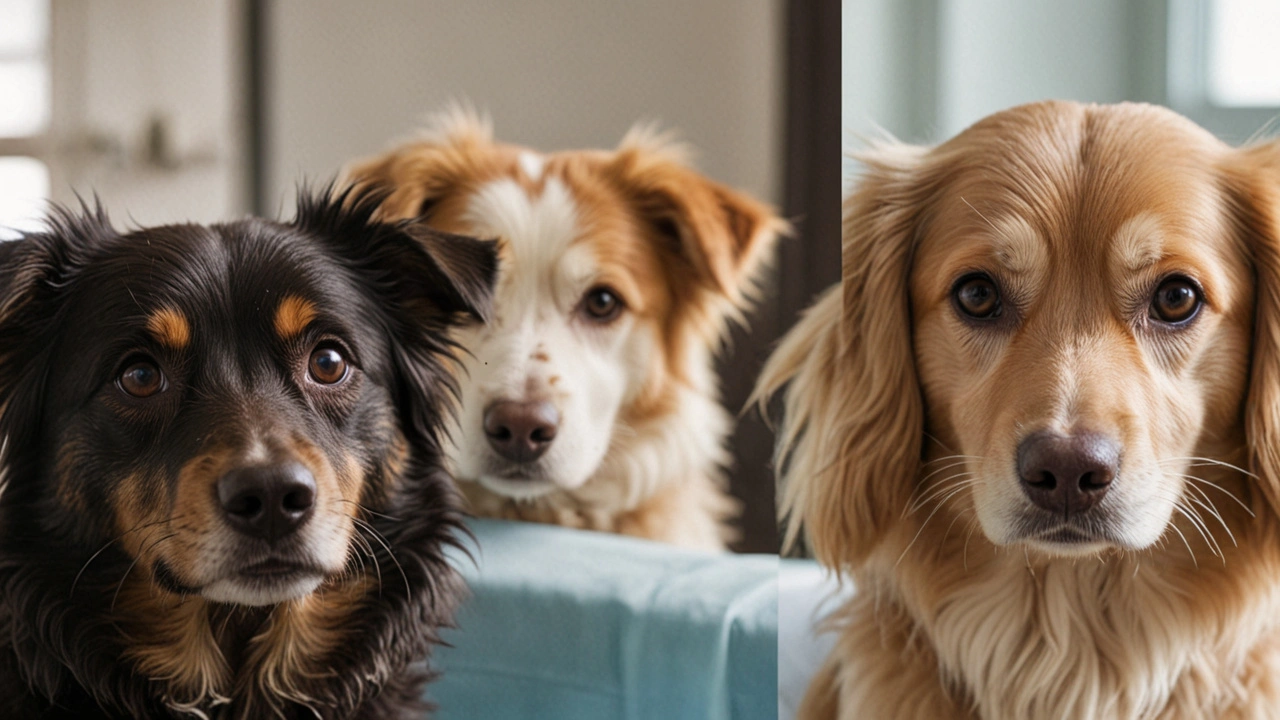Understanding Veterinary Procedures for Better Pet Care
When your pet needs care, knowing what veterinary procedures involve can ease your worries and help you make informed decisions. Vets perform various procedures daily, from routine check-ups to more complex treatments, all aiming to keep animals healthy and comfortable.
Routine veterinary visits often include vaccinations, physical exams, and preventive treatments like flea control. These are the basics that help catch potential issues early and ensure your pet stays protected against common diseases.
Common Procedures to Expect at the Vet
Besides check-ups, vets might perform procedures such as blood tests, X-rays, and minor surgeries. Blood tests help detect infections or organ problems, while X-rays reveal issues inside the body like fractures or tumors. Minor surgeries might include spaying or neutering, wound care, or removing growths.
For pet owners, it’s helpful to understand these steps: during surgery, your pet is usually under anesthesia, kept safe by monitoring vital signs. Afterward, vets provide pain relief and instructions for care at home. This way, recovery happens smoothly.
How to Prepare and Support Your Pet
Preparing your pet for a vet visit or procedure involves keeping them calm and comfortable. Bring familiar items like a blanket or toy, and talk softly to soothe them. Following vet advice on fasting or medications before a procedure is crucial to avoid complications.
After the procedure, watch for signs like swelling, loss of appetite, or unusual behavior. Contact your vet if anything seems off; early response can prevent bigger problems.
Understanding veterinary procedures helps you stay confident and proactive in your pet’s care. It’s all about teamwork between you and your vet to keep your furry friend happy and healthy for years to come.

Pet Cosmetic Surgery Trend: Enhancing Pets’ Appearance with Eye Procedures
Increasing numbers of pet owners are opting for cosmetic eye surgeries to rectify their pets' sagging eyelids and other facial issues. This trend is particularly visible among owners of show animals, sparking an ongoing debate on the ethical implications of such procedures.
